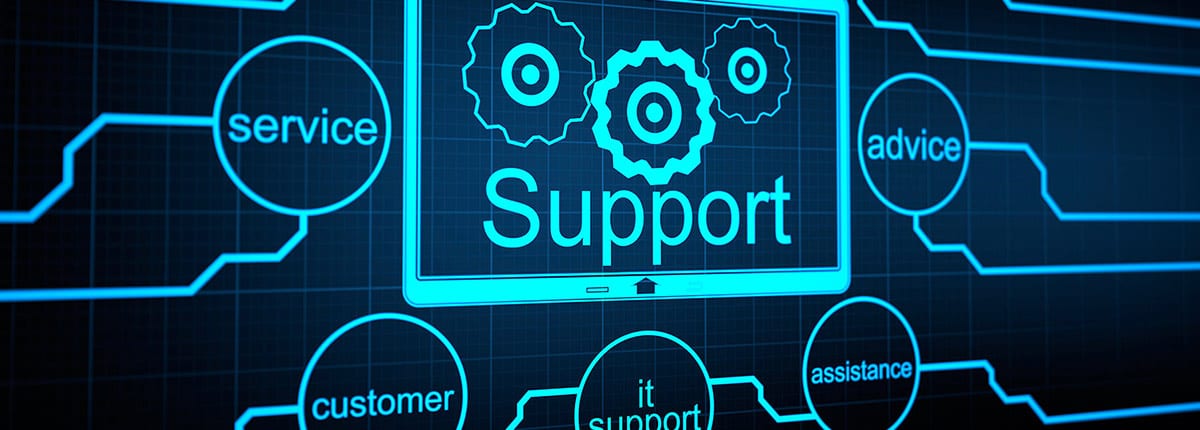


RRC Polytech provides support for the RRCWireless network at the Notre Dame and Exchange District Campuses.
Full wireless access is available at the following RRC Polytech locations:
To fix this problem, follow these steps:
Current staff and students should connect to the RRCWireless network, using their College username and password. Open the Device‑specific instructions section.
Staff and students must access the RRCWireless network using the same College username and password that you use to access HUB.
Only ITS can provide RRC Guest network credentials. Faculty and staff would need to submit a Service Desk ticket at the ITS Service Desk website in advance of their guest arriving at the College.
As a returning student, you were likely required to change your password over the summer. Although your new password provides you with access to the College network, your personal devices might still be trying to connect using your previously saved password.
Refer to the Forget RRC Wireless – Device‑specific instructions to forget the network, and then reconnect to the RRCWireless network using your new password.
Unlike open wireless networks, similar to those found at Starbucks® or McDonalds®, you must enter the same username and password that you use to access the RRC Polytech network in order to connect to the RRCWireless network. Make sure you enter the correct credentials, and if you receive a message asking you to “trust” the network, click Trust or Connect, and you can begin using the network.
Although you followed the instructions to forget the network, one of your personal devices is likely trying to automatically connect to the network using your old password. This will cause the College’s network security system to lockout your device. Wait 35 minutes after you forget the network, then try to connect again, with your new password. Your locked out device will then access the RRCWireless network.
RRC Polytech campuses are located on the lands of the Anishinaabeg, Ininiwak, Anishininwak, Dakota Oyate, and Denésuline, and the National Homeland of the Red River Métis.
We recognize and honour Treaty 3 Territory Shoal Lake 40 First Nation, the source of Winnipeg’s clean drinking water. In addition, we acknowledge Treaty Territories which provide us with access to electricity we use in both our personal and professional lives.